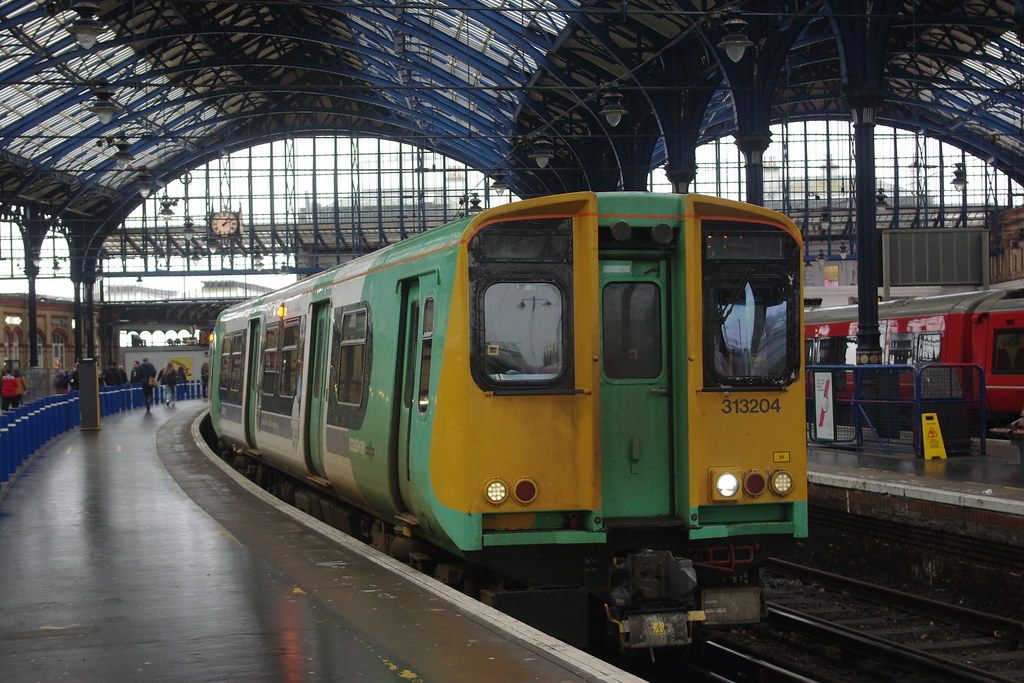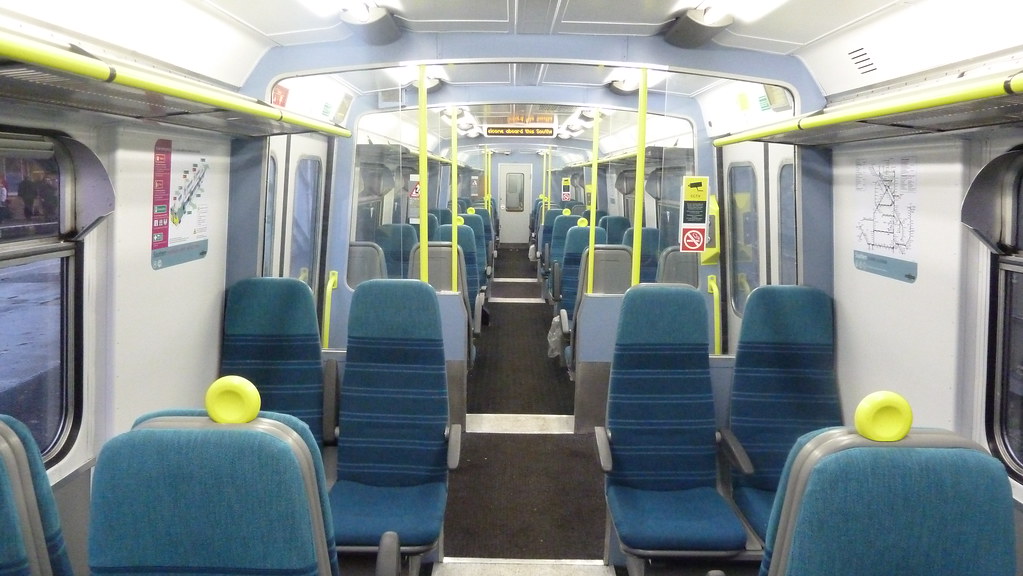Today well be taking a look at a classic British Workhorse – the Class 313. The Class 313 train is an electric multiple unit (EMU) train that has been in operation in the United Kingdom since the early 1970s. Manufactured by BREL, the Class 313 was one of the first trains to be built for the newly electrified lines in and around London.

Production of the Class 313
The Class 313 train was designed to be a reliable and efficient commuter train, capable of providing a high-frequency service to passengers. It has a maximum speed of 100 mph and was used primarily on the suburban lines around London. The Class 313 has a total seating capacity of 314 passengers, with both standard and first-class seating available. The seats are designed to be comfortable for short journeys, with plenty of legroom and overhead storage for luggage. One of the distinctive features of the Class 313 is its four doors per carriage, which are designed to facilitate quick and easy boarding and alighting, helping to keep the train running to schedule during busy periods.
The Class 313 also has a range of onboard amenities, including a public address system, which provides real-time updates on journey times and any disruptions. The train is also fitted with automatic train protection (ATP), a system designed to prevent train collisions and improve safety for passengers and staff. The Class 313 train was one of the first to be built using a modular design, which made it easier to manufacture and maintain. The modular design also allowed for the easy replacement of parts, which reduced downtime and helped to keep the trains running on schedule.

The Class 313 In Use Today and It’s Phased Retirement
Despite being a reliable and efficient train, the Class 313 is now beginning to show its age. The trains have been in operation for over 40 years and are now being replaced by newer models, such as the Class 717, which are more energy-efficient and provide a more comfortable journey for passengers.
The introduction of new trains has been welcomed by passengers, who are now enjoying a more modern and comfortable travel experience. The newer trains offer features such as air conditioning, free Wi-Fi, and charging points for electronic devices, making them more appealing to passengers who are looking for a more comfortable and connected journey.
As of 2023, the only train operator still using the Class 313 in the United Kingdom is the ‘Southern Railway’ brand operated by Govia Thameslink Railway (GTR). GTR operates the Class 313 on the Seaford – Brighton route, when there is a short availability of the main Class 337 stock. Notably, The Southern Class 313 fleet is expected to be withdrawn at the May 2023 timetable change, with three units sent for scrap at the end of January 2023; After this, the Class 313 trains will no longer be in service with any train operator in the UK.
The other more recent use of the Class 313 was on the Great Northern route between Moorgate and Stevenage and on the suburban services between London King’s Cross and Welwyn Garden City/Hertford North. However, it is worth noting that the Class 313 trains were retired in way of the newer and more modern Class 717 trains on the Great Northern route. This transition was completed in 2022.
Overall, the Class 313 provided a vital commuter service to passengers in and around London, helping to keep the city moving. While the train may no longer be in operation on many routes, its legacy lives on, and it played a vital role in the development of the UK’s rail infrastructure. The introduction of newer, more energy-efficient trains has marked a positive step towards a more sustainable future for rail travel, and the Class 313 will be remembered as an important part of the history of the British railway.
Will you be travelling to Brighton to ride one of the last Class 313’s in service prior to their upcoming retirement? Let us know in the comments below!






